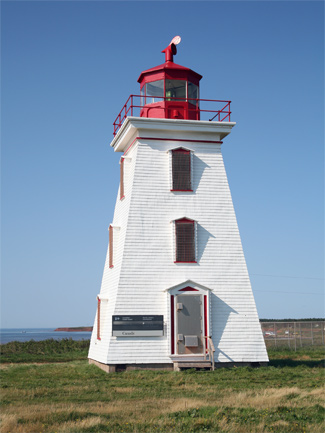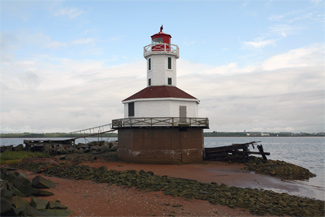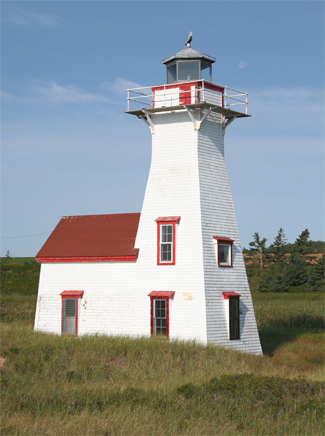I came across the Cox Hotel recently - here's some information about it...cf.
http://www.edu.pe.ca/paro/exhibits/display.asp?acorn.1.4PARO Acc. 3466/HF74.285.1.10 / Main Street, Souris, P.E.I., circa 1921
The Seaside (aka Seaview) Hotel or Cox's Hotel was operated by A. Clifford Cox from at least 1914 into the 1950s.
Morley Acorn opened a photography shop on Main Street in Souris in 1914. In 1916, fire destroyed the shop and its contents including Acorn's glass plate negatives. By 1926, Acorn was established in the W.B. Leard Building operating a tobacco and sundries shop, photography studio and gas pump.
----------------------------------------------------
The following photo cf. http://www.worthpoint.com/worthopedia/rppc-cox-hotel-souris-prince-edward-95635818
(RPPC) Cox Hotel, Souris, Prince Edward Island. (1925)
----------------------------------------------------
THE CHARLOTTETOWN PATRIOT, TUESDAY, JUNE 7, 1932
OF LOCAL INTEREST: A quite but very pretty wedding was solemnized at St. Columba's Church, East Point on June 1st when the Rev. Father Ronald Macdonald united in the holy bonds of matrimony. Eileen, daughter of Mr. and Mrs. Aeneas Baily, Elmira, to Walter, son of Mr. and Mrs. Allan Macdonald, Souris East. The bridge attended by the sister of the groom Catherine Macdonald, and the groom was alby supported by his cousin Roy Macdonald. the bride was charmingly attired in sand with matching accessories and the bridesmaide wore rreen. The groom looked lovely in a suite of navy blue, and the groomsman in a light brown suite. After the marriage ceremony the happy couple motored to Souris where a sumptuous wedding breakfast awaited them at the Cox Hotel. then they motored to Charlottetown and had a love dinner at the Revere Hotel, returning that night to their future home in Souris, where they will reside, with the best wishes from their many relatives and friends for a happy and prosperous future.
cf. http://www.caimbeul.org/newsitems/pei_news_1912_1935.html----------------------------------------------------The following images come from an Island Magazine Article about Souris. http://vre2.upei.ca/islandmagazine/fedora/repository/vre%3Aislemag-batch2-175/OBJ
Main Street looking east, late 1920's. Outside the Cox (later Seaside) Hotel, chairs were provided for guests. This building, construction by William Sterns as a store, is now the Cheverie Inn. West of it is the Ferguson house, and eastward is a gas pump outside Leard's store where the photographer attended to the travelling public.Bathing Beauties, c. 1920. This friendly group, which today seems unadventurous both in costume and depth of penetration of the ocean, probably consisted largely of tourists from the Cox Hotel, which had a large bath-house on the shore nearby. The raised arm points towards the Stone Hotel with its several chimneys.---------------------------------------------------- I believe the hotel was in the area today where there's a 1-storey building and a park/gazebo on Main Street across from Town Hall - see below. I photographed the images below on my computer screen from Google Streetview website (70 Main Street, Souris ( www.maps.google.ca )). In the second old photo up of the streetview you can see the railing on the far left of Town Hall and down the street beyond the hotel is the old building that I believe is still there today as you can see in the images below.




























































